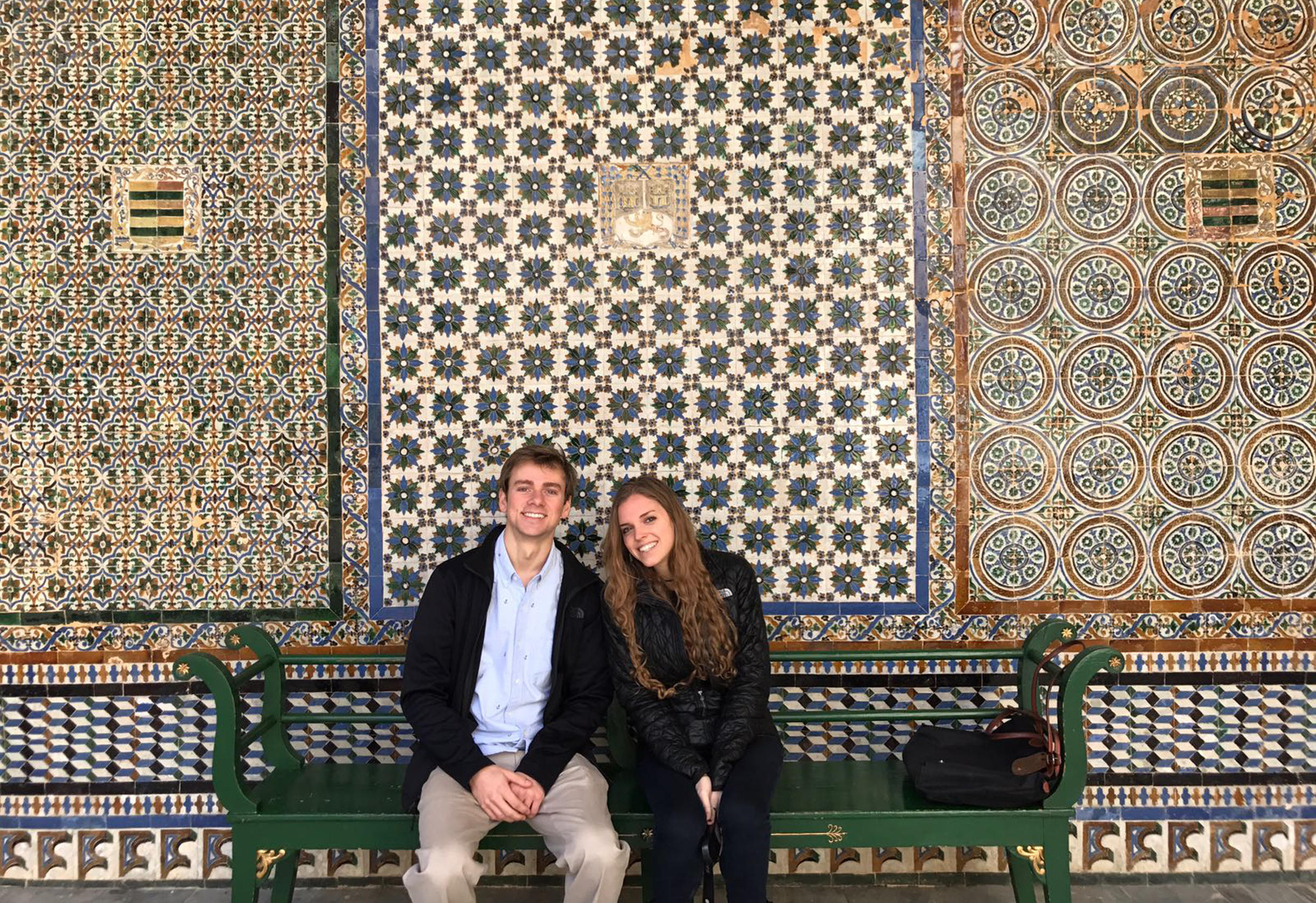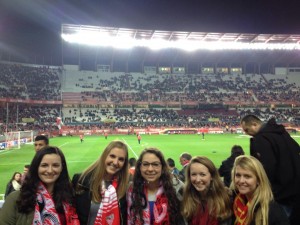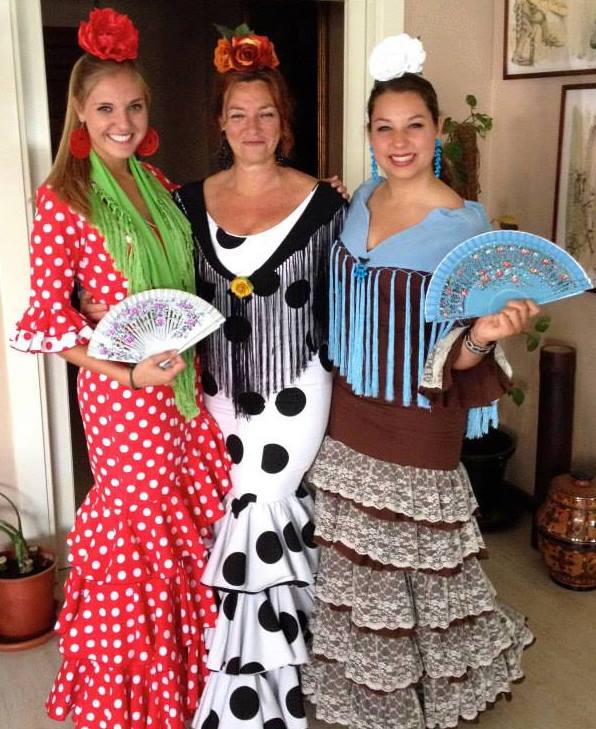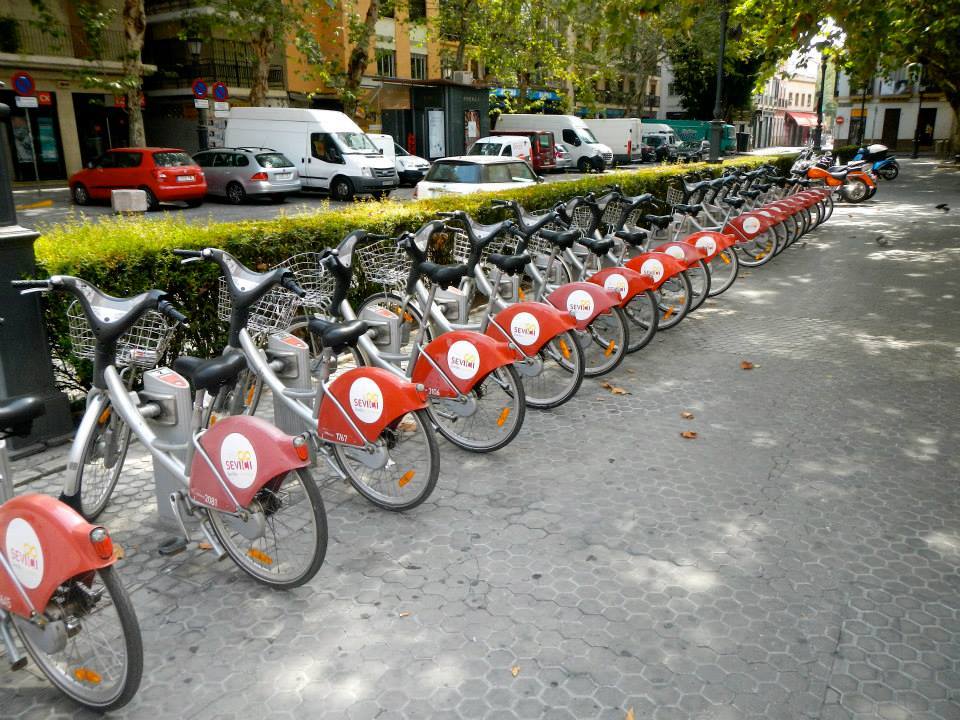Life & Cultural Activities
 Seville is one of Spain's largest cities, and an ideal place to explore the country's dynamic present and fascinating past. The contributions of various cultures have left Seville with a distinct personality and a large and well-preserved historical center. Founded by the Romans, the city is over 2200 years old and boasts several significant archaeological sites, including the extensively excavated nearby Itálica, the third largest city in the Roman Empire. The Port of Seville, located about 80 km from the Atlantic Ocean, is the only river port in Spain. Throughout the centuries, Seville maintained a prominent position as the capital of several Moorish dynasties and the economic epicenter of the Spanish colonial expansion and trade.
Seville is one of Spain's largest cities, and an ideal place to explore the country's dynamic present and fascinating past. The contributions of various cultures have left Seville with a distinct personality and a large and well-preserved historical center. Founded by the Romans, the city is over 2200 years old and boasts several significant archaeological sites, including the extensively excavated nearby Itálica, the third largest city in the Roman Empire. The Port of Seville, located about 80 km from the Atlantic Ocean, is the only river port in Spain. Throughout the centuries, Seville maintained a prominent position as the capital of several Moorish dynasties and the economic epicenter of the Spanish colonial expansion and trade.
Today, Seville is a dynamic, bustling and sophisticated European city with a rich array of restaurants, festivals, public rituals, music, theater, movies, and wonderful parks, river walks, and boat tours. The city provides a vantage point for the study of contemporary Spain where the complex amalgam of Spanish history can be seen in its architecture and art, in struggles for power, in the socio-centrism of families, neighborhoods, cities, and regions, and in moments of confrontation between different parts of Spain, between Spain and its former colonies, and between Spain and the rest of Europe.
Activities
Thanks to the city climate, recreation and leisure activities often take place in open spaces. These include the Feria de Abril and Semana Santa.
 There are football matches that the teams Sevilla and Betis play in their stadiums, as well as activities at the theme park Isla Mágica and the water park Aquopolis. Music concerts are held in the Auditorio Rocío Jurado in the Estadio Olímpico, and in the bullring, the Real Maestranza, there are very important bullfighting shows — especially the bullfights of the Feria de Abril.
There are football matches that the teams Sevilla and Betis play in their stadiums, as well as activities at the theme park Isla Mágica and the water park Aquopolis. Music concerts are held in the Auditorio Rocío Jurado in the Estadio Olímpico, and in the bullring, the Real Maestranza, there are very important bullfighting shows — especially the bullfights of the Feria de Abril.
In Seville, there are numerous museums that each focus on a specific theme. These include the Museum of Fine Arts, the Archaeological Museum, the Museum of Popular Arts and Customs, the Centro Andaluz de Arte Contemporáneo, and the Casa de Pilatos. The General Archive of the Indies, one of the three UNESCO World Heritage Sites located in Seville, has more than 40,000 preserved files from the colonial period.
 Flamenco is a Spanish style of music and dance that originated in Andalusia in the 18th century, and is based on Andalusian music and dance. In 2010, UNESCO declared it one of the Masterpieces of the Oral and Intangible Heritage of Humanity. As a show, in its manifestations of cante, baile and toque, it can be enjoyed in many Sevillian halls such as the Casa de la Memoria de al-Andalus. There are specialized academies throughout the city to study this art form.
Flamenco is a Spanish style of music and dance that originated in Andalusia in the 18th century, and is based on Andalusian music and dance. In 2010, UNESCO declared it one of the Masterpieces of the Oral and Intangible Heritage of Humanity. As a show, in its manifestations of cante, baile and toque, it can be enjoyed in many Sevillian halls such as the Casa de la Memoria de al-Andalus. There are specialized academies throughout the city to study this art form.
The different theaters and movie theaters of Seville allow one to enjoy movies, plays and generic shows. The Teatro de la Maestranza, the Lope de Vega and the Teatro Central offer a varied program of opera, theater, dance, and classical and contemporary music. Other smaller capacity venues have also been formed: La Imperdible, the Teatro la Cuadra, Sala Cero and La Fundición, some of which run their own productions.
 Sports — especially bicycle rides or rowing on the Guadalquivir river — and walks through the streets, squares and parks in the city, are other recreational options chosen by many Sevillians, in addition to tapas with family and friends. The Barrio de Santa Cruz, an old medieval Jewish quarter located in the historic center of Seville, is one of the most emblematic and picturesque neighborhoods. With narrow, winding streets, its Sevillian-style houses have stately courtyards and balconies with wrought-iron railings adorned with flowers. Among the parks that abound in the city include the Alameda de Hércules, the oldest public garden preserved in Europe, the private garden of the Alcázar and the María Luisa Park, where the famous Plaza de España is located.
Sports — especially bicycle rides or rowing on the Guadalquivir river — and walks through the streets, squares and parks in the city, are other recreational options chosen by many Sevillians, in addition to tapas with family and friends. The Barrio de Santa Cruz, an old medieval Jewish quarter located in the historic center of Seville, is one of the most emblematic and picturesque neighborhoods. With narrow, winding streets, its Sevillian-style houses have stately courtyards and balconies with wrought-iron railings adorned with flowers. Among the parks that abound in the city include the Alameda de Hércules, the oldest public garden preserved in Europe, the private garden of the Alcázar and the María Luisa Park, where the famous Plaza de España is located.
In the vicinity of Seville is the Conjunto Arqueológico de Itálica, the ancient Roman city cradle of the emperors Trajan and Adriano, which stands out for its well-preserved amphitheater.











